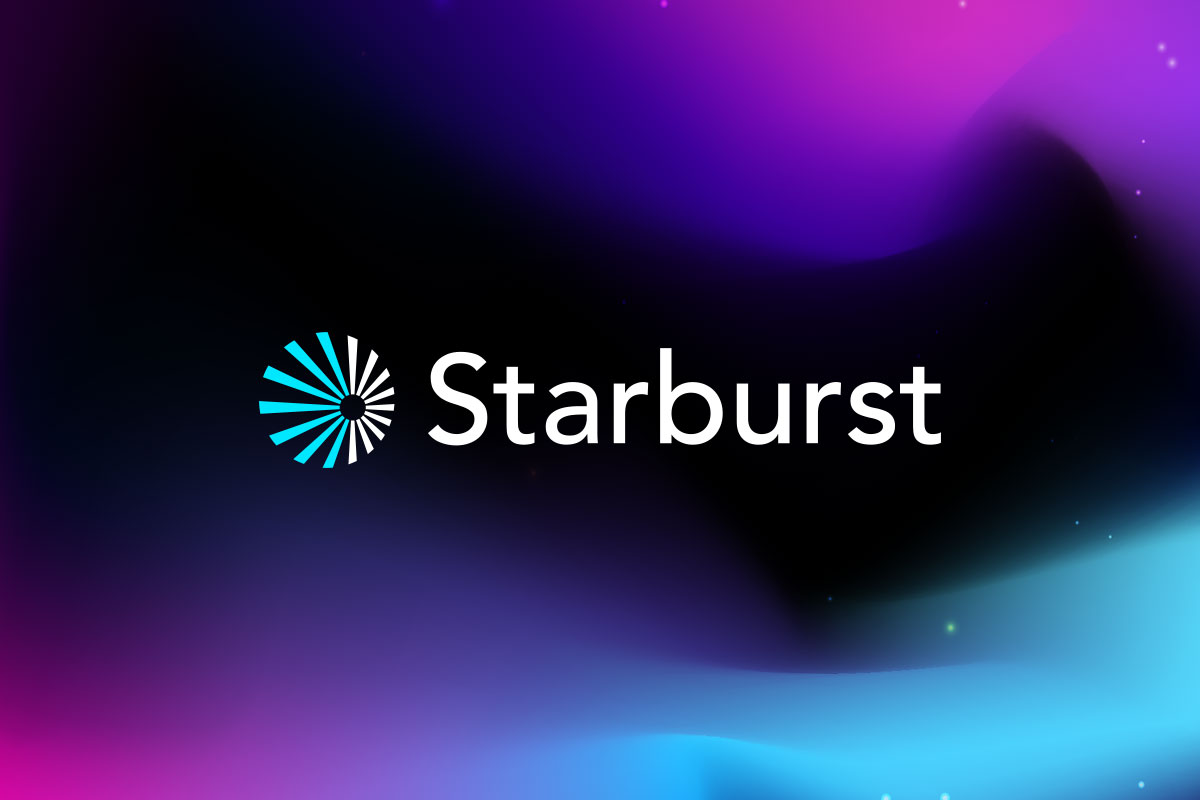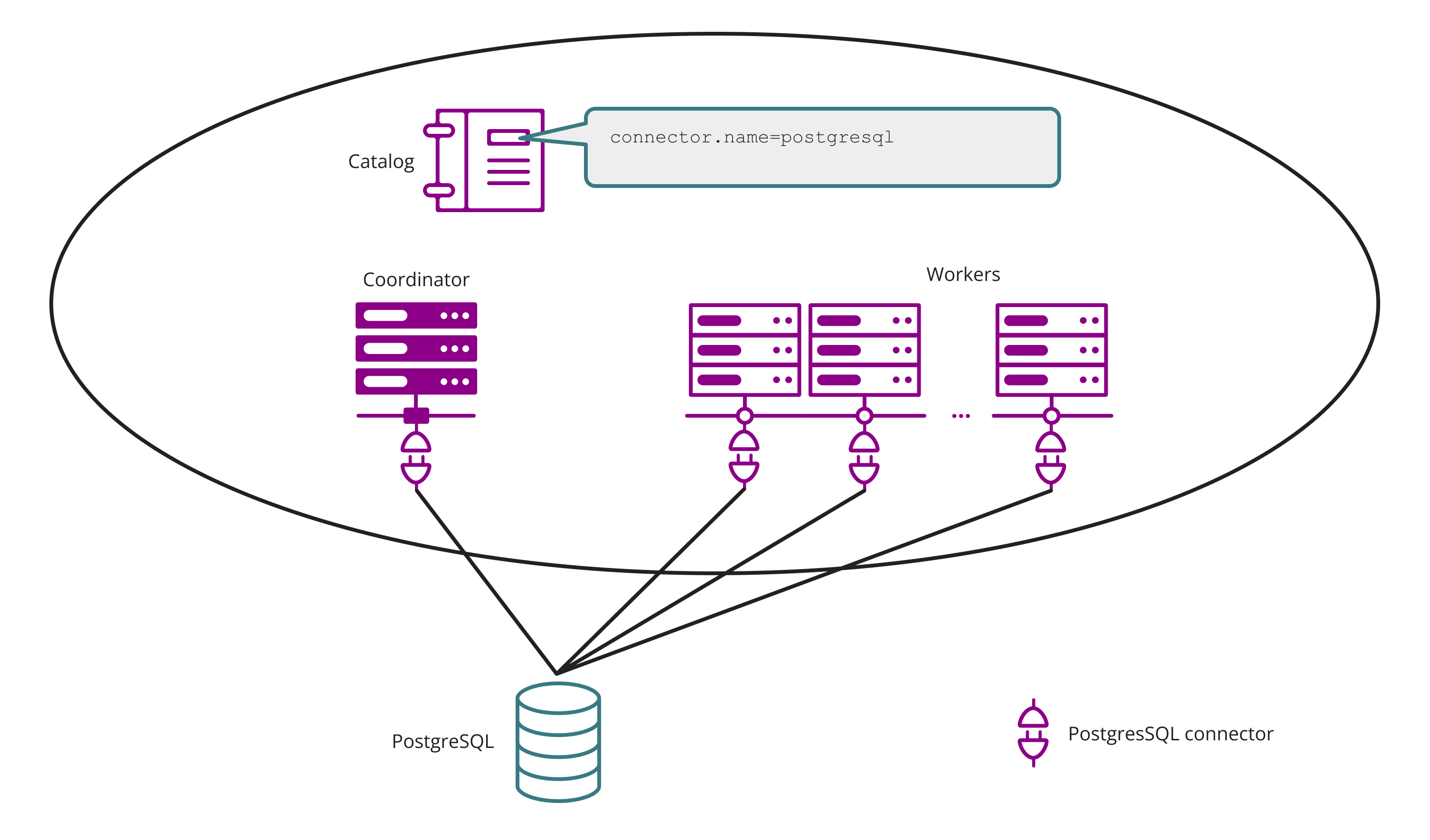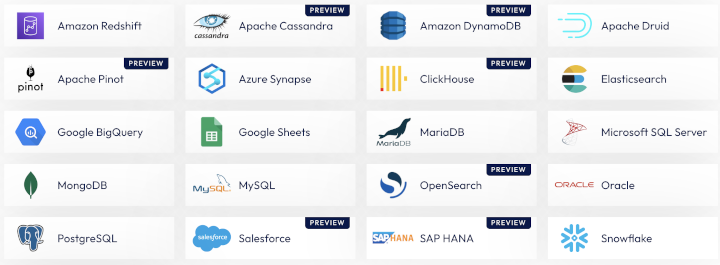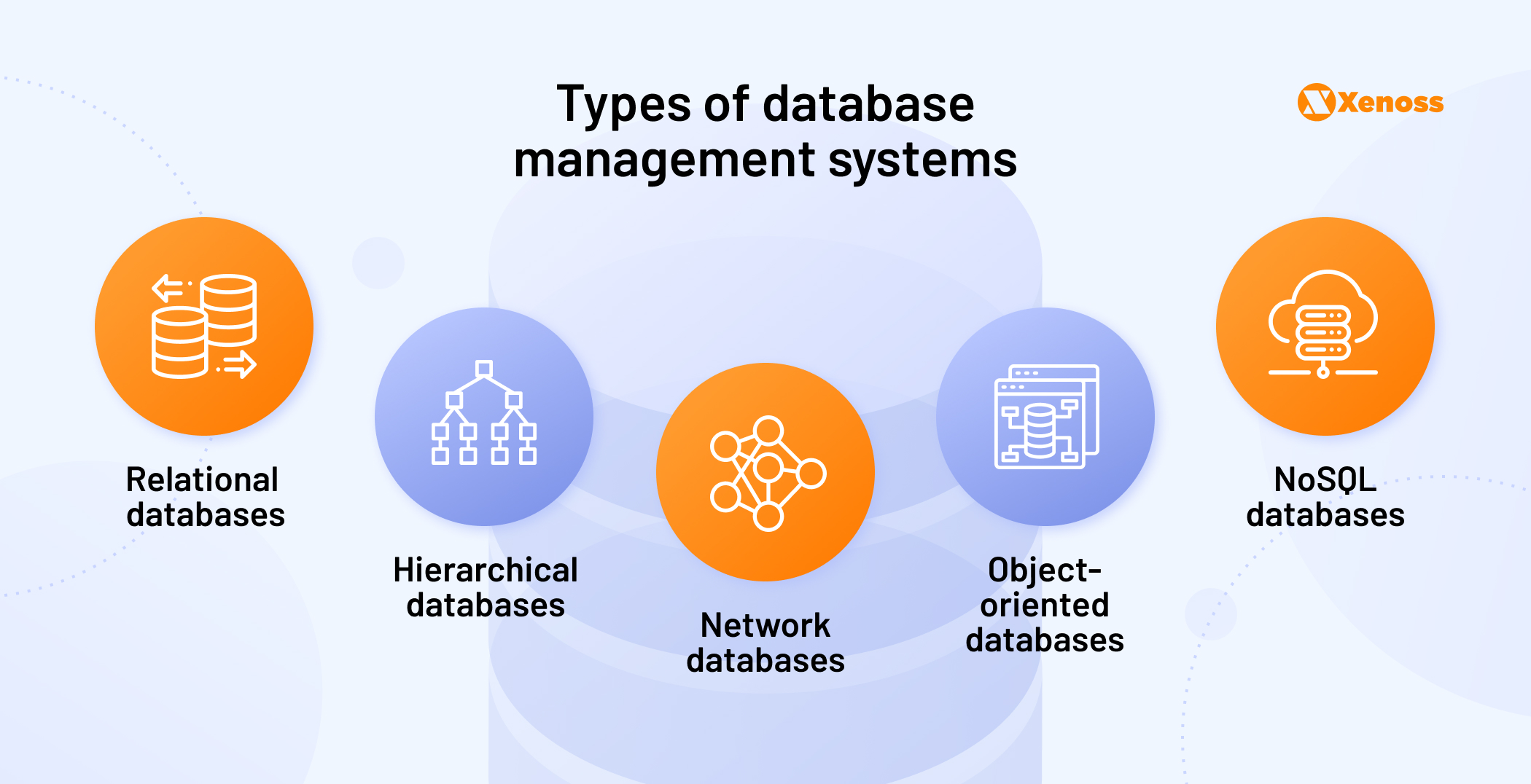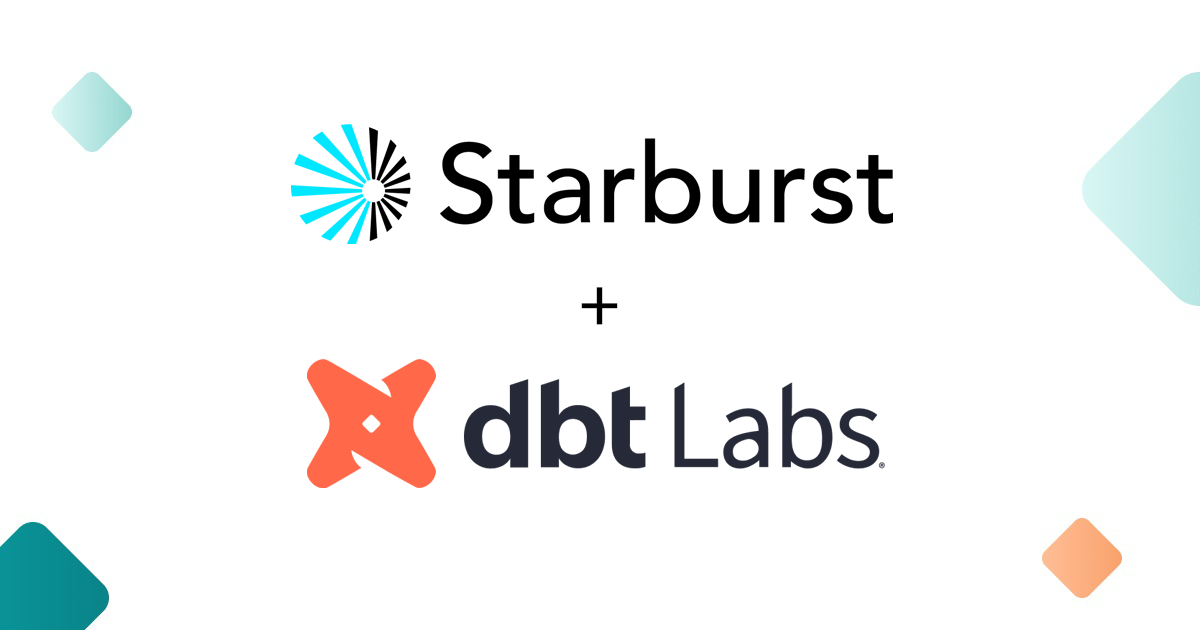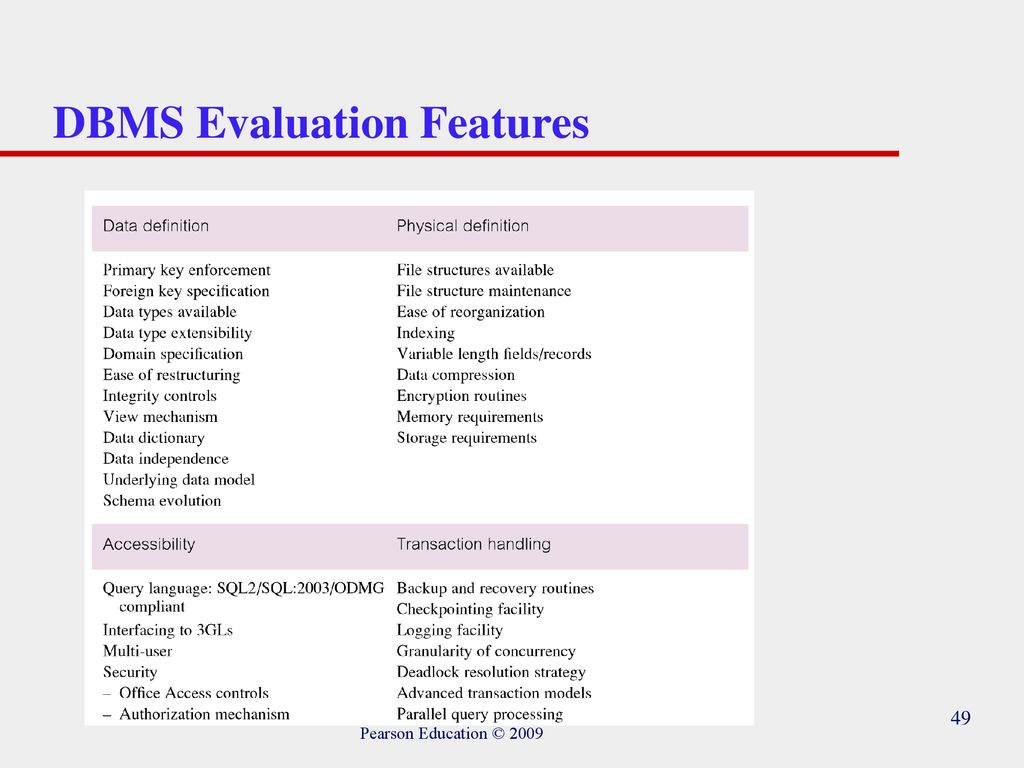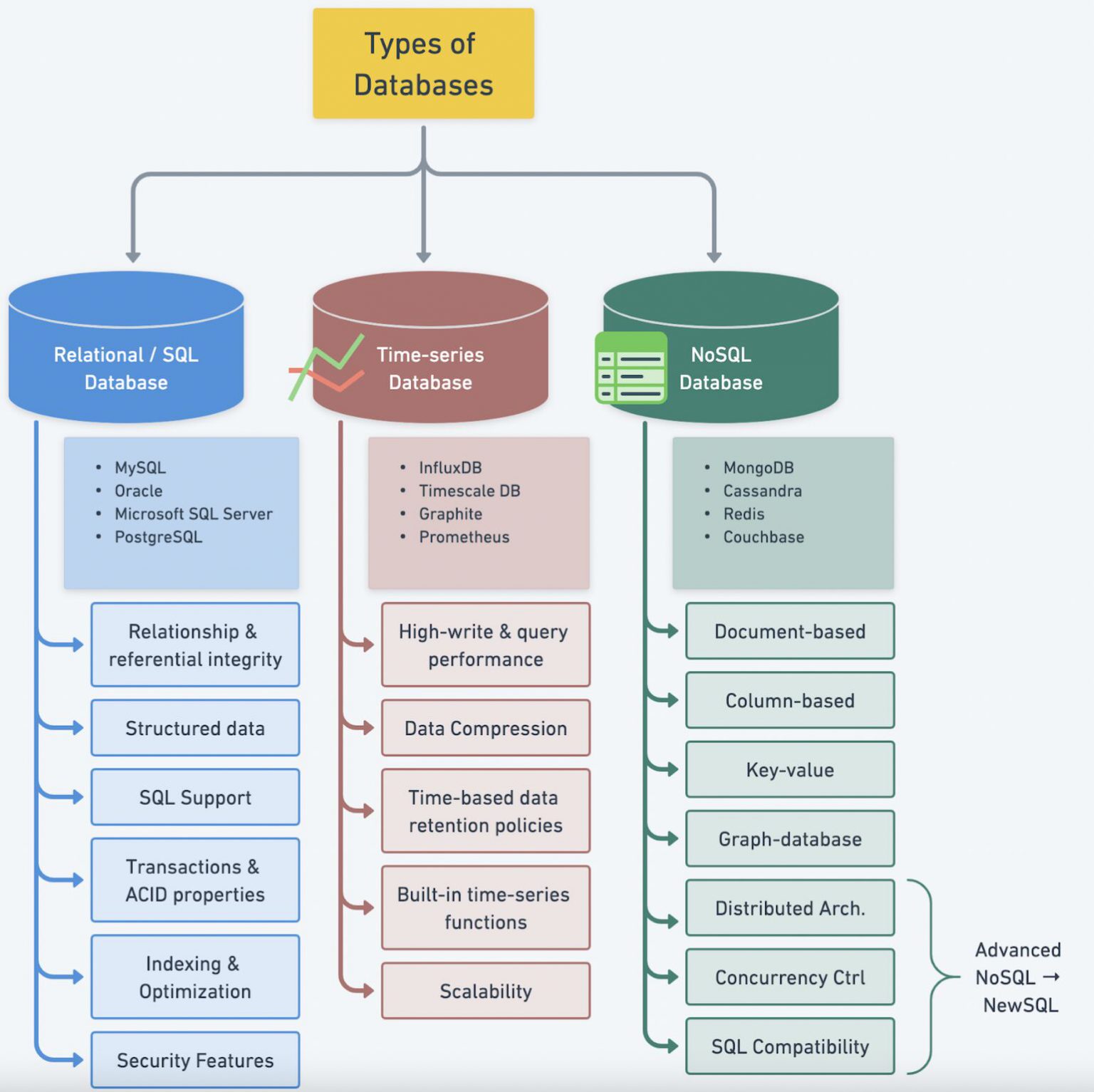Evaluate The Database Software Company Starburst On Database

In the rapidly evolving landscape of data analytics, Starburst, a database software company specializing in data mesh architecture, continues to garner attention. The company’s approach to data access and analysis across disparate sources is increasingly relevant as organizations grapple with data silos and the need for real-time insights.
Starburst offers a distributed query engine that enables users to access and analyze data residing in various data sources, including Hadoop, relational databases, NoSQL databases, and cloud storage. This approach differs significantly from traditional data warehousing models, offering a potentially more agile and cost-effective solution for modern data challenges.
What is Starburst and Why Does It Matter?
Founded in 2017 by key contributors to the open-source Trino (formerly PrestoSQL) project, Starburst provides a commercial platform built on Trino. Trino is a high-performance, distributed SQL query engine designed for running interactive analytic queries against data sources of all sizes ranging from gigabytes to petabytes.
The "nut graf" of Starburst's significance lies in its ability to decouple compute from storage. This means organizations can analyze data where it lives, without the need for costly and time-consuming data migration to a centralized data warehouse. This is particularly valuable for organizations with diverse data landscapes and those seeking to democratize data access across different teams.
The company's solution addresses a growing challenge for businesses: the proliferation of data across various platforms and formats. Traditional data warehousing approaches often struggle to keep pace with the volume, velocity, and variety of modern data. Starburst aims to solve this problem by providing a unified query layer that sits on top of existing data infrastructure.
Key Features and Functionality
One of Starburst's core strengths is its SQL-based query engine. This allows users familiar with SQL, the standard language for data analysis, to easily access and analyze data across different sources. This reduces the learning curve and promotes data literacy within organizations.
The platform offers features such as federated query processing, which allows queries to span multiple data sources simultaneously. It also provides advanced security and governance capabilities, ensuring that data access is properly controlled and audited. Starburst has expanded to include features supporting data product development through centralized data catalogs and improved access controls.
Furthermore, Starburst integrates with various business intelligence (BI) and data visualization tools, enabling users to create dashboards and reports based on data accessed through the platform. Its support for a wide range of connectors, including cloud storage platforms like Amazon S3, Azure Blob Storage, and Google Cloud Storage, makes it a versatile solution for organizations with hybrid and multi-cloud environments.
Market Position and Competition
Starburst competes in the broader data analytics market, alongside established players such as Snowflake, Databricks, and Amazon Redshift. Each of these companies offers its own unique approach to data warehousing and analytics.
Snowflake offers a fully managed cloud data warehouse, while Databricks focuses on Apache Spark-based analytics and machine learning. Amazon Redshift provides a cloud-based data warehouse solution tightly integrated with the Amazon Web Services ecosystem. Starburst differentiates itself with its focus on query federation and data mesh architecture.
According to recent industry reports, the market for data analytics solutions is expected to continue growing at a rapid pace. This growth is driven by the increasing volume and complexity of data, as well as the growing demand for data-driven insights.
The Human Angle: Empowering Data-Driven Decisions
The benefits of Starburst extend beyond purely technical advantages. By simplifying data access and analysis, the company empowers businesses to make faster and more informed decisions.
For example, a retail company using Starburst could quickly analyze sales data from multiple sources, including online stores, brick-and-mortar locations, and mobile apps, to identify trends and optimize its product offerings. A healthcare provider could use the platform to analyze patient data from different systems to improve treatment outcomes.
Ultimately, Starburst's impact is felt through the enhanced ability of individuals and organizations to leverage data for better outcomes.
Potential Challenges and Considerations
While Starburst offers numerous advantages, potential users should also consider certain challenges and limitations. Implementing a data mesh architecture requires a shift in organizational culture and a commitment to data governance.
Organizations also need to ensure they have the necessary expertise to manage and maintain the platform, including configuring connectors, optimizing queries, and managing security. Proper governance and access control are critical to maintain data quality and avoid unauthorized data exposure.
Furthermore, query performance can vary depending on the complexity of the queries and the underlying data sources. Optimizing query performance requires careful planning and configuration.
Conclusion
Starburst is carving out a significant niche in the data analytics market with its federated query engine and data mesh architecture. Its ability to provide a unified view of data across disparate sources is particularly valuable for organizations facing the challenges of data silos and increasing data complexity.
While potential users should carefully consider the organizational and technical requirements for implementing a data mesh, the potential benefits of improved data access, faster insights, and enhanced agility make Starburst a compelling option for many organizations.
As the demand for data-driven decision-making continues to grow, Starburst's approach to data access and analysis is likely to become increasingly relevant.



